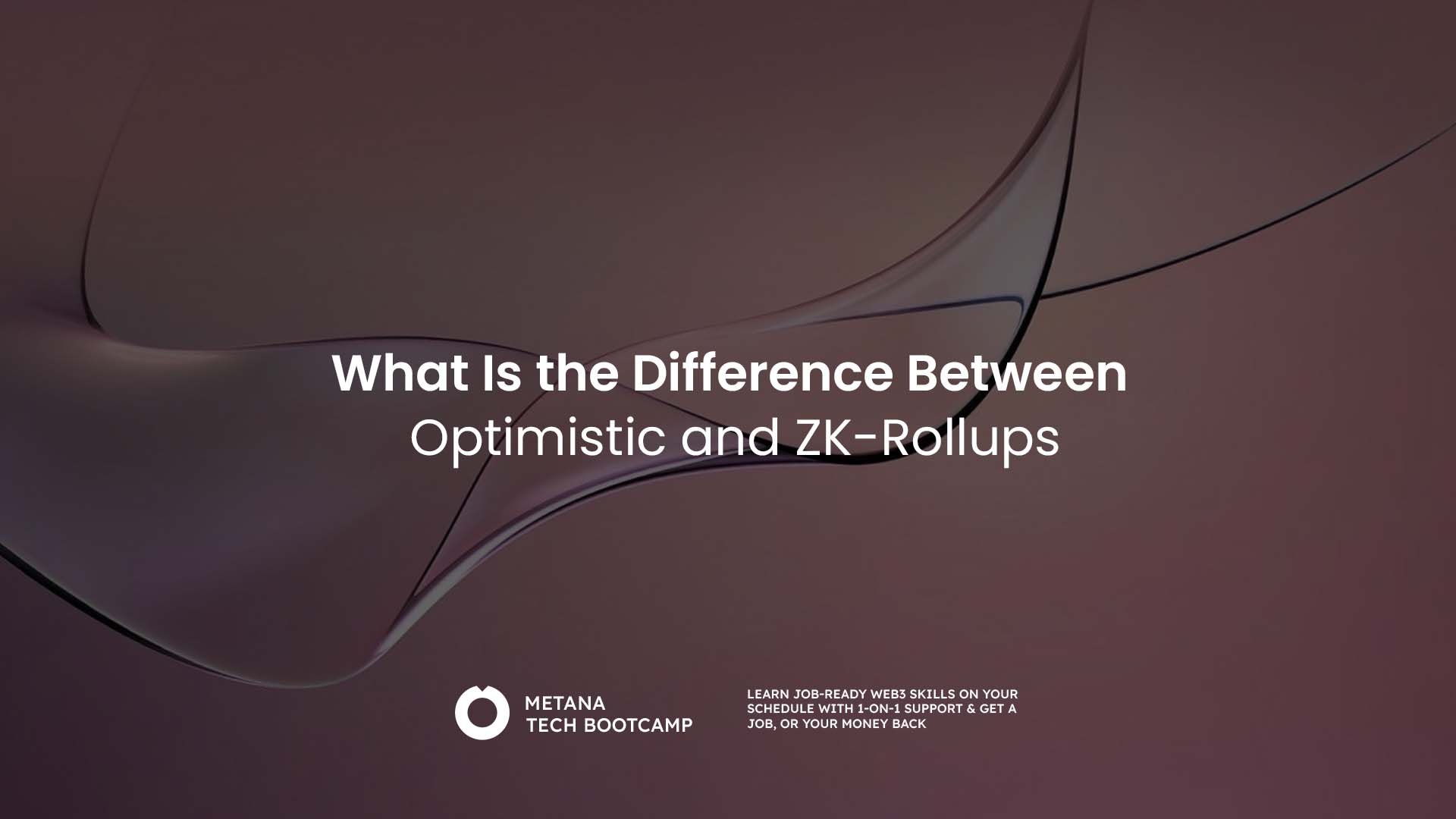
Understanding ZK-Rollups vs Optimistic Rollups: Ethereum Scaling Solutions Compared

image
Ethereum's scalability challenges have led to the development of Layer 2 scaling solutions, with Optimistic and ZK-Rollups being the two main types. These solutions help reduce gas fees and increase transaction speeds while maintaining security.
Optimistic Rollups bundle multiple transactions into a single batch and process them off-chain, assuming all transactions are valid by default. They only verify transactions when someone challenges their validity through a fraud proof. This approach makes them simpler to implement but requires a longer withdrawal period (typically 7 days) to ensure security.
ZK-Rollups (Zero-Knowledge Rollups) use complex cryptography to mathematically prove the validity of each transaction batch. They generate validity proofs that verify transactions immediately, enabling faster withdrawals and enhanced privacy. However, they are more technically complex to implement and may have higher computational requirements.
Key Differences:
- Security Method: Optimistic uses fraud proofs; ZK uses validity proofs
- Withdrawal Time: Optimistic takes 7 days; ZK is nearly instant
- Implementation: Optimistic is simpler; ZK is more complex
- Privacy: ZK offers better privacy features
- Computational Cost: ZK requires more computational resources
Examples of Optimistic Rollups:
- Optimism
- Arbitrum
Examples of ZK-Rollups:
- zkSync
- StarkNet
- Loopring
Both solutions effectively scale Ethereum, but their different approaches suit different use cases. Optimistic Rollups are ideal for general-purpose applications, while ZK-Rollups excel in privacy-focused and high-frequency trading scenarios.
